A Tour of a Section of Human Chromosome 11
This video produced by Cold Spring Harbor Laboratories takes us on a tour of about 650,000 nucleotides from the tip of the short arm of human chromosome 11. From a distance we can discern 28 genes, denoted by red and yellow blocks. The red exons carry the DNA code for protein, while the yellow introns are noncoding. Also prominent are more than 500 transposons, or jumping genes, denoted by blue and purple blocks. If we zoom in, we can take […]

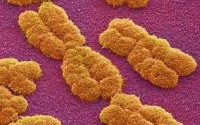
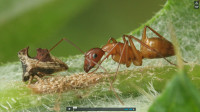

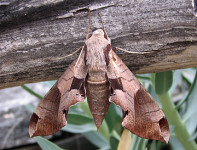
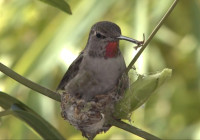
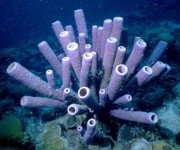
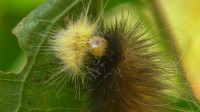
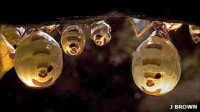
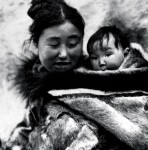
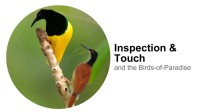

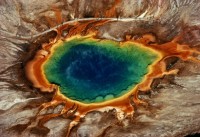
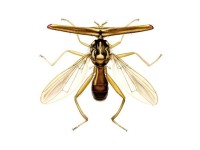
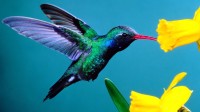
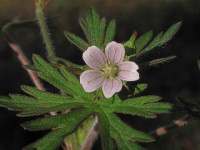

Recent Comments